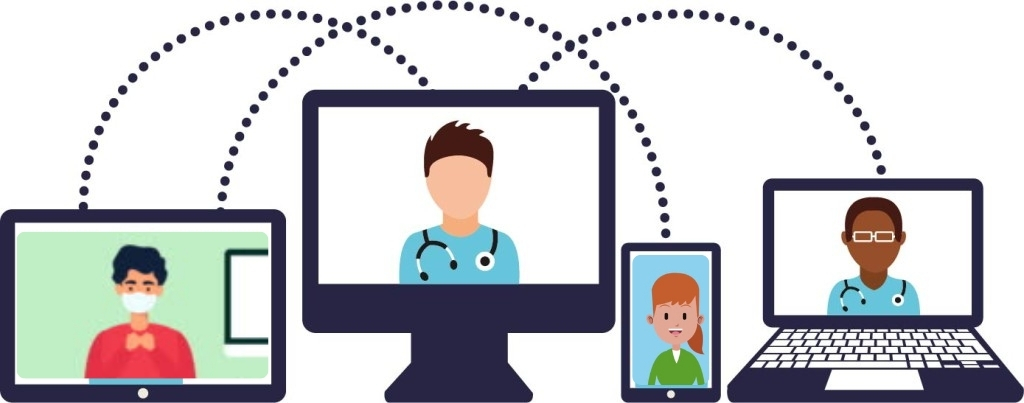Dr. Shariq Khoja
Telemedicine has grown tremendously in the past decade due to the advancement and availability of connectivity around the world. We saw a major boost in Telemedicine use during the times of the COVID-19 pandemic. Since then, several public and private health systems all over the world have adopted Telemedicine as part of their routine programs based on convenience and affordability for both patients and the health systems. However, there is a need to assess the existing evidence for such adoption and work towards generating more evidence.
Several articles have been published since the COVID-19 pandemic on the usability of Telemedicine, however, very few provided quantitative evidence in this regard. In some of the published studies, health providers and managers identified several benefits of telemedicine for both physicians and patients. Key benefits identified, include safe and timely care for the patients; convenience for patients; comfort and satisfaction for patients in receiving care at home; and provision of patient- and family-centered care during the COVID-19 pandemic. Studies have also suggested that (1) telemedicine accommodated working from home, (2) physicians were equitably reimbursed for telemedicine visits, and (3) telemedicine promoted physician work-life balance.
Studies from around the world suggest that the patients had positive experiences with remote care during the COVID-19 pandemic. Health providers also believed that Telemedicine helped provide patient-centered care by allowing them to see patients’ home environments and to engage family members and caregivers during telehealth visits.
Despite this evidence, there is a lot more evidence needed to understand how to sustain these benefits beyond the global COVID-19 pandemic and ensure patients’ needs are met. There is also a need for clinical trials in different parts of the world and in different fields of medicine to demonstrate the benefits of Telemedicine in patient care. Finally, more systemic reviews and analysis of evidence are needed to guide the policymakers to support the use of Telemedicine as part of routine health services.

